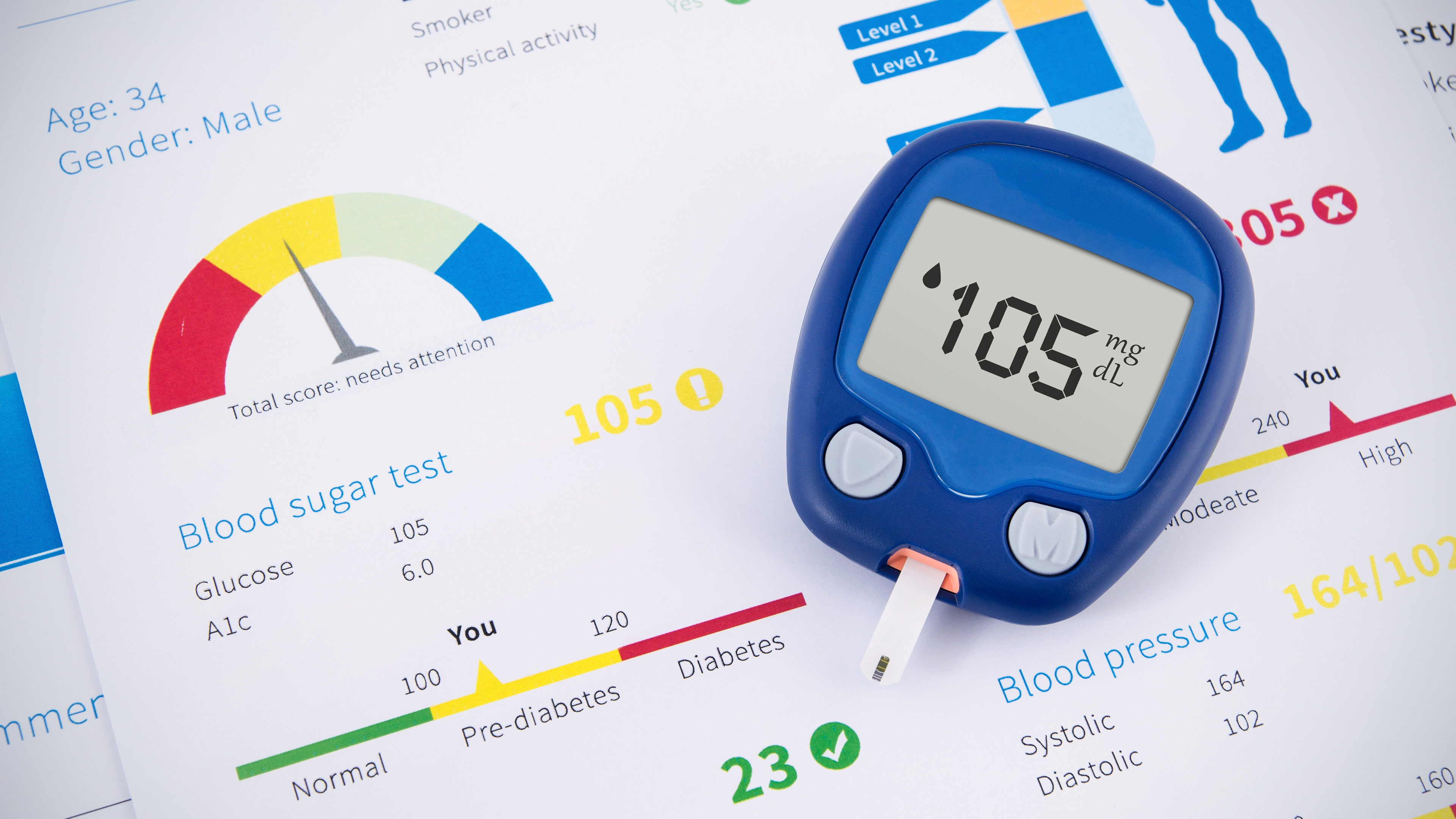
We understand this is a difficult time for many of our supporters. We urgently need more funding to protect our research projects and deliver vital type 1 breakthroughs.

COVID-19 has left a huge hole in our income and the impact will continue for a long time to come. The research is published in the journal Diabetes Care, and was announced at the annual meeting of the European Association for the Study of Diabetes, held virtually this year. “We believe that this protocol could be adopted by other aviation authorities to allow more insulin-treated pilots worldwide to fly commercial aircraft.” “Type 1 diabetes should never be a barrier to a person’s career or wellbeing.”ĭr Gillian Garden, who led the research at the University of Surrey, said: “Our study showed that there were no safety concerns, and certainly no episodes of pilot incapacitation, throughout the seven and half years of the study. Breaking down barriersĬonor McKeever, Research Communications Manager at JDRF, said: “It is great to see that advances in diabetes management are enabling more people with type 1 diabetes to do what they love. The researchers suggest that similar protocols could be used to enable people with type 1 diabetes (or insulin-treated type 2 diabetes) to take on other higher-risk job roles, such as bus driving and maritime work. The pilots had an average HbA1c of 7.2% (55.0 mmol/mol) both before and after they were certified to fly. This study suggests that this has not happened. Canada has had insulin dependent diabetic pilots flying airliners since the 1990s due to their version of the Americans with Disabilities Act. Pilots with diabetes controlled with diet and exercise alone are eligible for medical certification without requiring a Special Issuance Authorization. However, this led to some concerns that pilots might run their levels higher than the NHS recommended range of 4-10 mmol/L – enabling them to fly by avoiding hypoglycaemia, but potentially risking long-term complications. If any of these blood glucose values measure lower than 4 mmol/L, or more than 20 mmol/L, the pilot must immediately hand over duties to the co-pilot. To do so, pilots must follow a strict routine of fingerprick blood glucose checks – no more than two hours before reporting for duty, within the 30 minutes before take-off, every hour while flying, and no more than 30 minutes before landing. In 2012, the UK became the second country worldwide, after Canada, to allow pilots with type 1 diabetes to fly commercial aircraft.

The researchers also found no evidence that the pilots were running their glucose levels high to avoid hypoglycaemia, which would put them at risk of later complications. The results come from a study of 49 pilots with the two conditions, tracked over the course of more than 22,000 flying hours.ĭuring that time, almost 98 per cent of the pilots’ 38,621 blood glucose measurements fell between 5 and 15 mmol/L – the range in which a pilot is deemed safe to fly. The UK now has the largest number of commercial pilots in the world with either type 1 diabetes, or insulin-treated type 2 diabetes. Strict safety measures introduced in the UK are successfully enabling people with type 1 diabetes to work as commercial airline pilots, according to a new study. UK pilots with type 1 diabetes are safely flying commercial aircraft


 0 kommentar(er)
0 kommentar(er)
